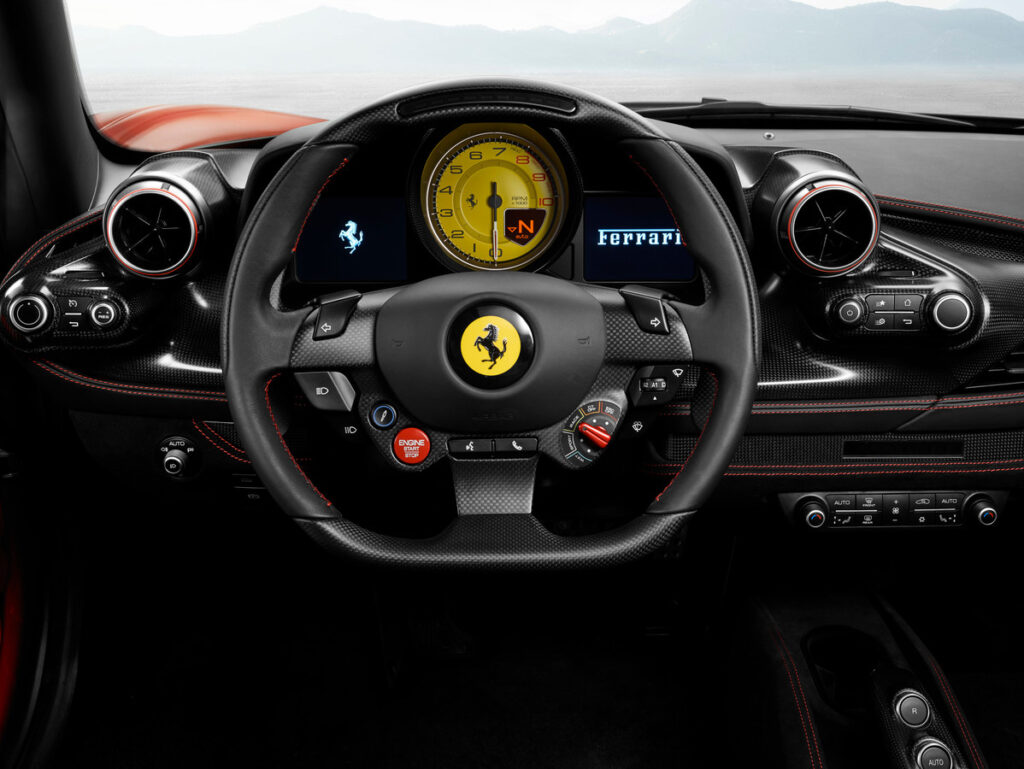The Evolution of Performance, Speed, and Precision
There was a time when driving a Ferrari, Lamborghini, or McLaren meant mastering a manual transmission. The clutch pedal, gated shifter, and mechanical engagement were all part of the exotic car mystique. But today, the vast majority of exotic and high-performance vehicles are equipped with automatic transmissions—or more precisely, dual-clutch automatics.
So why have the world’s fastest, most powerful supercars gone automatic? Here’s a look at the technology, strategy, and performance gains that are driving this shift.
Faster Than Any Human Could Shift
Modern dual-clutch transmissions (DCTs) shift gears in milliseconds—faster than even the most skilled drivers can manage with a manual. That speed translates directly into quicker acceleration, tighter lap times, and seamless power delivery.
⚙️ For example, Ferrari’s F1-inspired 7-speed DCT can shift in just 100 milliseconds—or faster.
In the world of exotic cars, where every tenth of a second counts, that advantage is hard to ignore.
More Power, More Control
Many modern supercars produce 600 to 1,000+ horsepower. With that much power, a manual transmission can’t always keep up. Automatic and dual-clutch systems are designed to handle high torque loads, delivering optimal grip and performance in every gear.
💪 Automatics don’t just make things easier—they make high horsepower manageable.
Better for Track Performance
On the track, consistency matters as much as speed. DCTs and advanced automatics allow drivers to focus on braking, cornering, and acceleration—without worrying about missing a shift.
- Launch control systems deliver optimal starts
- Paddle shifters allow manual control without a clutch pedal
- Rev-matching ensures smooth downshifts automatically
🏁 Modern automatics make high-speed driving more intuitive and more focused.
Improved Reliability and Efficiency
Despite their complexity, many automatic transmissions in today’s exotics are more durable and reliable than traditional manuals when properly maintained. They’re also more fuel-efficient, thanks to optimized gear ratios and real-time data input.
🔧 Today’s automatics are engineered for both brutal performance and long-term resilience.
Broader Appeal for Global Buyers
Exotic automakers know that not all their buyers are track-day enthusiasts or stick-shift purists. Automatic transmissions make high-performance cars more accessible to a broader audience, including international buyers, collectors, and those who simply want to enjoy the car without the learning curve.
🌍 For many owners, the thrill is in the car—not the clutch.
Technology Has Changed the Game
Automatics used to be slower, heavier, and less engaging. But with software-controlled gearboxes, multiple clutches, and adaptive shift mapping, they’ve become integral to the performance DNA of brands like Ferrari, Lamborghini, McLaren, and Porsche.
🔄 In most modern exotics, an “automatic” is really a race-grade transmission in disguise.
Are Manual Transmissions Gone Forever?
Not entirely. Some brands (like Porsche and Aston Martin) still offer manual gearboxes in select models—but they’re becoming increasingly rare. For purists, manuals offer unmatched engagement. But for performance? The automatic reigns supreme.
Automatic transmissions in exotic cars aren’t about taking the easy way out—they’re about pushing the limits of speed, control, and engineering. Today’s automatic supercars are smarter, faster, and more capable than ever before.
At Luxury + Exotic Car Network, we feature hand-selected vehicles equipped with cutting-edge transmission systems—from Ferrari’s lightning-fast DCT to Lamborghini’s race-bred LDF gearboxes.


